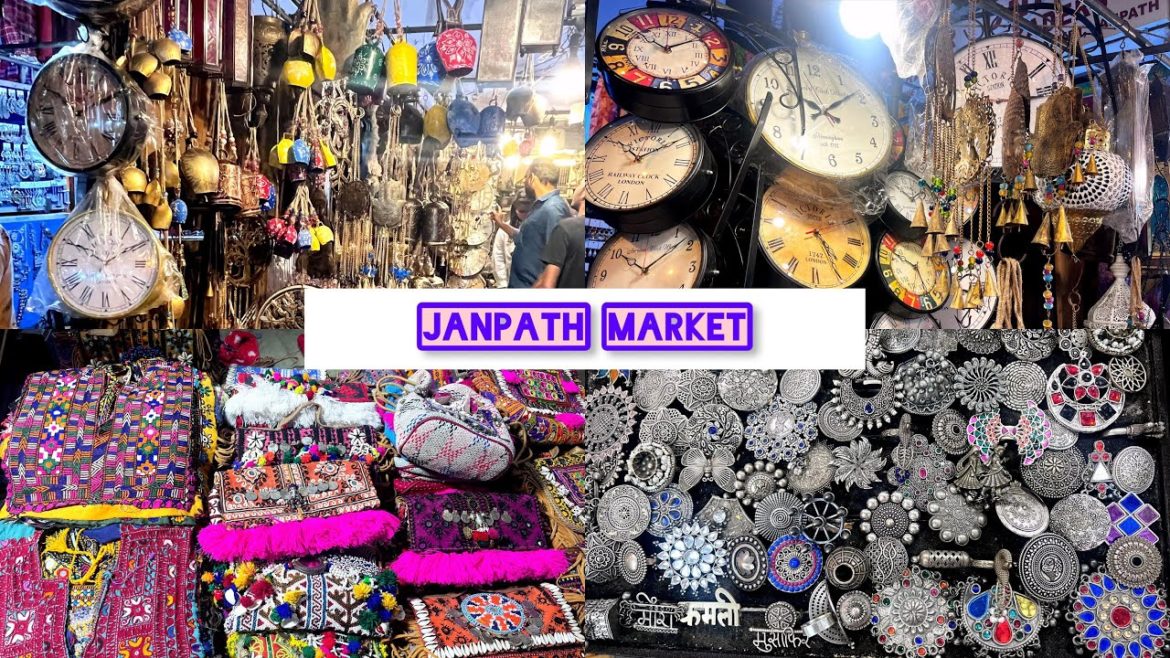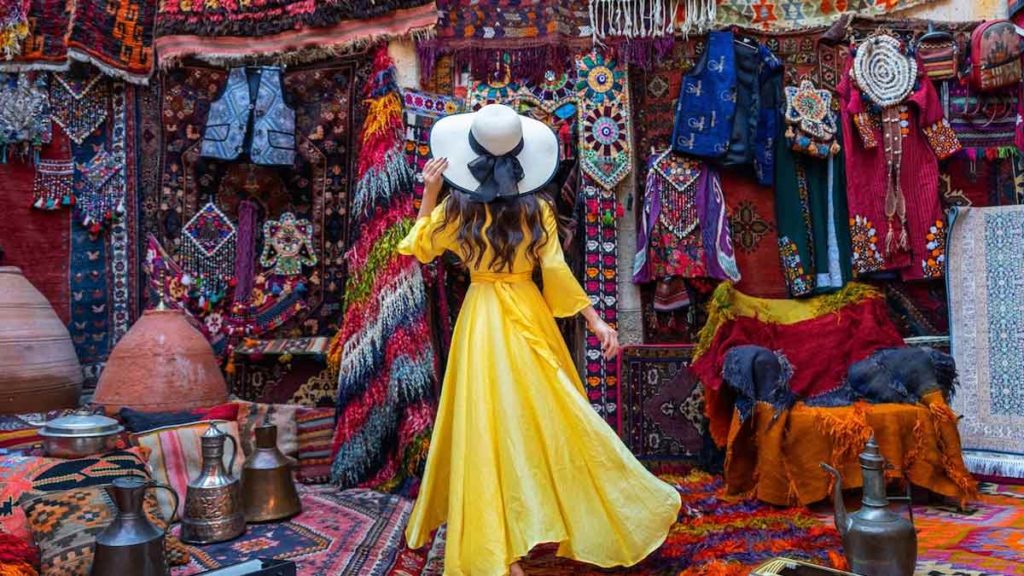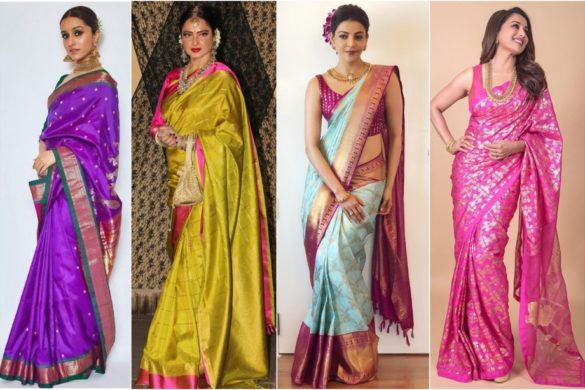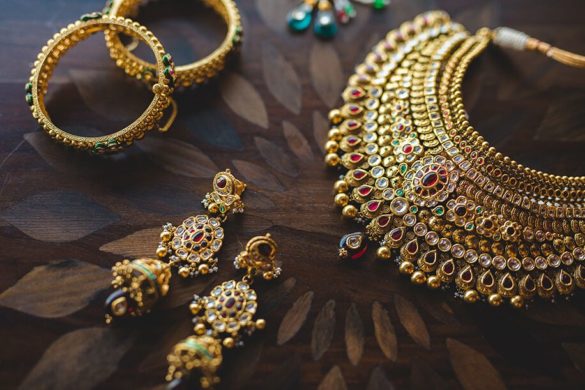Contents
OVERVIEW
Janpath directly means “people’s road.” The Janpath Market in Delhi is a must-see place. Tourists from all over the world enjoy Delhi’s Janpath Market, one of the most well-known markets in the city. Foreigners outnumber Indians in Delhi’s busy Janpath Market. The two main routes via Janpath Market are the Gujarati and Tibetan markets.
Tibetan refugees who escaped to India during the invasion, as well as Tibetan refugees who fled to Pakistan following India’s partition in 1947, own the few Tibetan enterprises on display. The most popular items purchased at the kiosks are incense, unique jewellery and trinkets, fashion accessories, attars, silver, trash, Lucknowi chikankari clothes, Pashmina shawls, jewellery boxes, wallets, footwear, and other unique goods. Here, one may find both fixed-price stores and those that accept bargaining. If you are adept at bargaining and want to buy items at a fair price, go to the untagged vendors instead. The Janpath Market is much more than simply that.
Locals highly appreciate Janpath Market, particularly college students who take pleasure in perusing the stores. Due to the active crowd and tempting appearance of the different items and garments organized here, a simple stroll along this market stretch is a popular approach for many local professionals with busy work schedules to unwind.
The other half of the market offered a variety of fruits and regional goods. Visit one of the restaurants to get a quick snack or beverage. Along with the stores, Janpath is home to several small cafés and eateries that provide a much-needed break from a strenuous day of shopping. Customers may unwind at these restaurants throughout the sweltering summer months while savoring a choice of delicious appetizers and a hot cup of tea, coffee, or a cup of cold coffee and smoothies. For a quick snack or refreshment, unwind at one of the eateries.
TIBETAN MARKET

There is a little, obscure Tibetan market located within the huge Janpath market. Usually, they provide inexpensive imitation jewellery. Along with sculptures of various sizes, precious and semi-precious stones, diverse glass, wooden, and plastic beads, and traditional silver jewellery, Tibetan Thangka paintings of gods are also offered. Also for sale is the Tibetan flag. The Tibetan market is one of Delhi’s best places to shop. Many shops are lined up as soon as you exit the metro station. The Buddhist sculptures and paintings, which show different periods in the lives of Buddha and other lamas, are the main attractions in this region.
GUJARATI MARKET
Word has it that small-scale Gujarati artists sell their handmade textiles, wall hangings, and tablecloths at this busy bazaar. Simply put, you should come here if you want to dress traditionally. Here you may find your favorite scarves, lehengas, sarees with zari borders, and cholis at surprisingly inexpensive prices. Gujrati artisans are selling mirror and brilliantly colored embellishments on shirts, pillows, handbags, umbrellas, and kurtas under a canopy of trees.
FLEA MARKET
Even though the Janpath Flea Market is a carbon copy of Sarojini in every way, it is distinct. The most popular items are located in this section, which is entirely dedicated to it. You may pick from precious jewellery, fashionable apparel, beautiful dresses, and extravagant purses. In this environment, you’re more likely to see somewhat more stylish attire, such as gorgeous flowing slacks and dark glasses, denim shirts and jumpsuits, as well as footwear with nautical patterns. Do your homework, keep an eye out, and hone your negotiation techniques. Since the market’s layout and inventory are always changing, you might not find everything we recommend here, but this just serves to increase traffic to Janpath. Nothing can be fully understood unless it is truly experienced.
MAIN MARKET
The main market has a diverse selection of commodities. Everyone will discover something they like, from vintage home décor to a broad variety of handicrafts, ittar and hookah establishments, and vibrant, stylish Indian clothing. Everything here is somewhat more costly, but it is also more reliable. According to the courageous market vendor, this market is “on another level” than the other markets on Janpath. I’m not sure whether that’s correct, but there’s a set of companies called the Main Market between Gujarati Market Lane and the Flea Market where you can obtain somewhat more expensive and slightly more reliable things.
HOW TO REACH THERE
- METRO
Take the Metro; the nearest stations are Rajiv Chowk and Janpath on the violet line. Use the Orange Line to go to Shivaji Stadium from Indira Gandhi International Airport. Your last destination, Janpath Market, is 15 minutes walk from Shivaji Stadium.
- BUS
Delhi International Airport is 18.9 kilometers from Janpath Market. The Palika Kendra station is reached by bus from the Indira Gandhi International Airport. The Janpath Market is nine minutes away from the exit by foot. You can try this bus route.
- ROAD
From any location in Delhi, Janpath Market is easily accessible by automobile and public transit. To reach this market area, foreign tourists can either take a taxi cab or an auto rickshaw. You will travel between two locations in around 19 minutes.
JANPATH MARKET TIMING
From 11:00 a.m. to 9:00 p.m., the busy Janpath Market is open. The only day that Janpath Market is closed is Sunday. From Monday through Saturday, it is open. Food vendors typically stay open until late at night.
BEST TIME TO VISIT
The Janpath Market is open from September through November and from February through March. Delhi experiences harsh summers with high-season temperatures that might be harmful. Apply a good sunscreen to your skin before going into Janpath Market. In a similar vein, avoid December and January as much as you can. The bulk of the shops and booths along Janpath are open from early in the morning until late at night on Monday through Saturday and closed on Sunday. Because nights are busy with locals, you’ll get the best bargains by getting there early. You may be given a special discount since being the first customer of the day is regarded as being fortunate.








